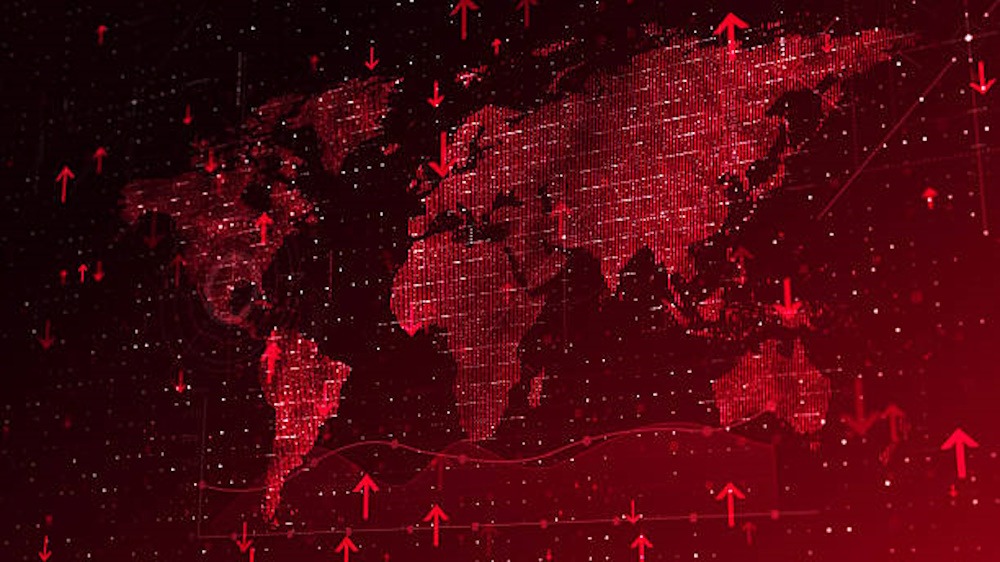In 2025, Argentina still struggles with inflation and currency instability. Under President Milei, annual inflation fell from 211% in 2023 to 39.4% by March 2025, with monthly figures near 1.5% in June. The peso now trades officially between ARS 1,000 and 1,400 per USD, yet dollars remain in high demand. The blue dollar trades at about ARS 1,310–1,330, above the official 1,290–1,330 range. For locals and travelers with US cash, that gap determines how far money stretches, keeping fast, discreet street exchanges thriving alongside formal banks.
How You Navigate Currency in Argentina
If your travels take you to Buenos Aires, you’ll quickly discover that handling money is part strategy, part local know-how. Bring crisp US-dollar bills and you might unlock far better blue-rate conversions, particularly on streets like Calle Florida, where the exchange hustle is in full swing. Step into a cueva, one of the city’s off-the-books exchange houses, and you’ll see how practiced the operators are in getting you a quick deal.
Although some card transactions default to the MEP rate, which often runs close to the blue rate, something is reassuring about the tactile weight of fresh bills counted out in a quiet back-room exchange. You may find official bank exchanges inching closer to the street price from time to time, but locals will tell you that the real bargains happen face-to-face. That means keeping an eye on the rate daily and leaning on trusted contacts or well-traveled expats, rather than taking the first offer from someone shouting “Cambio!” in a crowd.
Alternative Currencies Span Beyond Argentina
Economic pressure has a way of making people resourceful. In Argentina, the blue dollar is a workaround for peso volatility. Elsewhere, under similar strain, people have turned to barter, precious metals or digital assets to hold value. The government’s current “remonetisation” push is an attempt to coax foreign currency holdings back into local circulation, sometimes without requiring proof of their origin. That’s sparked debate, as some worry it could bring illicit funds into the system.
Meanwhile, market optimism hasn’t entirely vanished; the S&P Merval index climbed nearly 2% in early August 2025, a small but telling sign that investors see room for growth despite stubborn inflationary pressure. For everyday people, though, the calculus is far simpler; you just want to protect your buying power. If that means keeping a stash of physical dollars, buying a little gold or exploring another store of value entirely, you’ll pick the route that feels safest and most practical.
Blue Dollars, Cuevas and Meme Coins
Think of Argentina’s blue-dollar market as a parallel economy running right beside the official one. You swap pesos for dollars in semi-hidden deals because the formal system feels too slow, too rigid or disconnected from your reality. In a surprising way, that’s not so different from how gamers trade meme coins in virtual economies.
In those digital spaces, tokens flow without the oversight of banks, or the larger crypto exchanges. Players buy in-game gear, unlock cosmetic upgrades or trade digital assets using meme coins, relying on community trust rather than regulation. Just as you might walk Calle Florida scanning for the best whispered “Cambio!” rate, gamers keep an ear to online chats and forums for the next trade. Both worlds run on shared knowledge, quick decisions and the unspoken agreement that value is whatever the group says it is.
Are Crypto and Meme Coins Gaining Traction?
While the blue dollar still rules Argentina’s parallel-currency scene, the appetite for digital assets keeps growing. Many younger Argentinians, particularly those used to living online, have added Bitcoin, stablecoins like USDT and meme coins to their personal financial mix. The appeal is obvious: instant transfers, portability and a break from the peso’s instability.
In gaming communities, meme coins add a social layer, making speculative assets part of the experience. Some small businesses and freelancers accept crypto for everyday services, even amid unclear regulations. That willingness shows a readiness to explore alternatives to traditional banking. If you’re used to juggling multiple exchange rates, a digital wallet of varied tokens can feel less like a leap and more like a natural extension of daily money habits.
What This Means for Argentina’s Economic Terrain
No matter whether physical or digital, alternative currencies highlight deeper truths about trust, adaptability and the pursuit of stability. Argentina’s dual-exchange reality survives because the official channels still can’t deliver the immediacy or perceived fairness that people look for. The blue-dollar rate, adjusted on the street every day, responds instantly to supply and demand in a way that official figures rarely do.
Recent reforms have eased inflation and boosted some investor confidence, but parallel markets remain. In digital spaces, meme coins and cryptocurrencies follow similar patterns: communities set their own rules, values and pace. If these alternatives grow, Argentinians may soon treat pesos, dollars and tokens interchangeably, switching between them as naturally as you would between cash and card.

